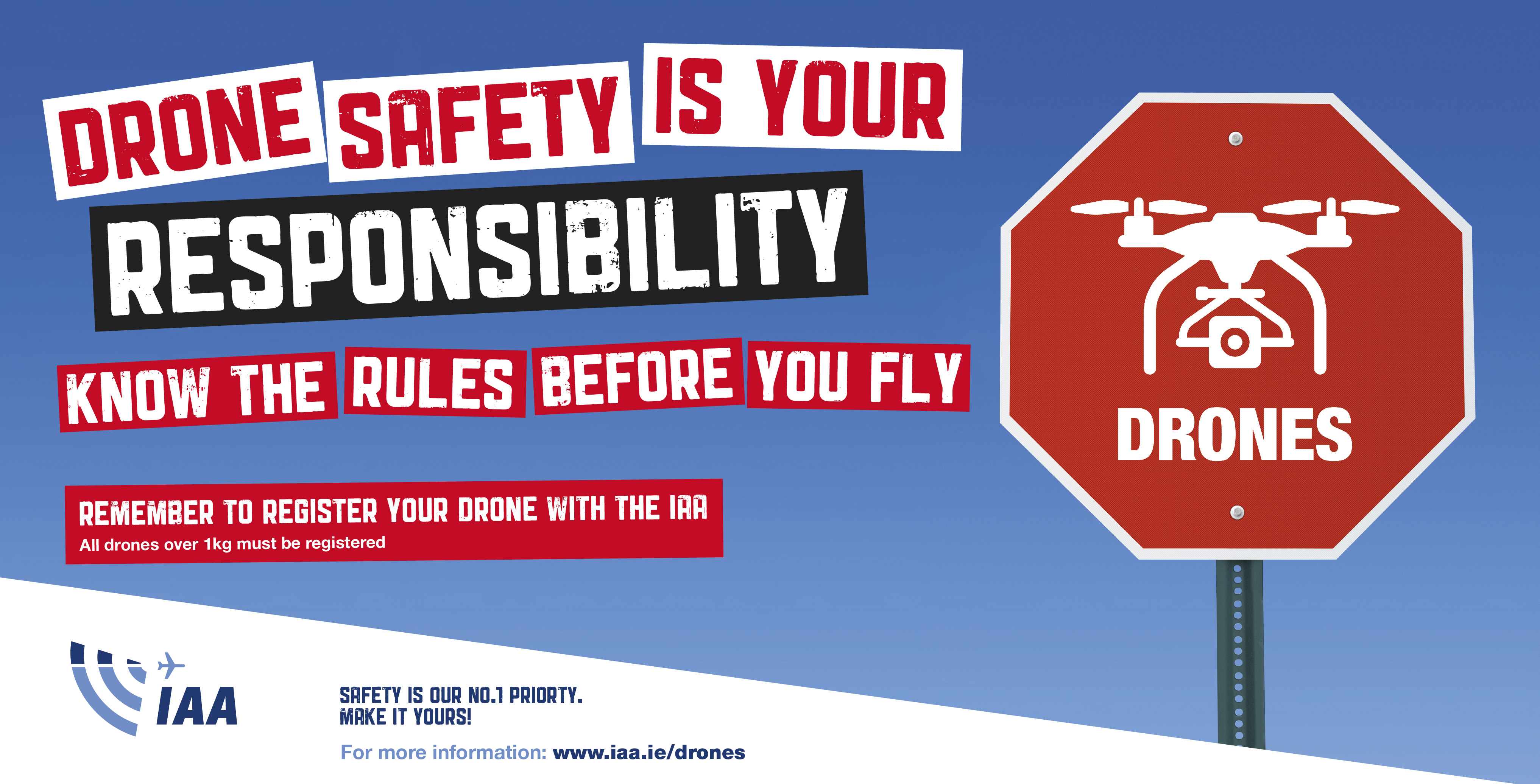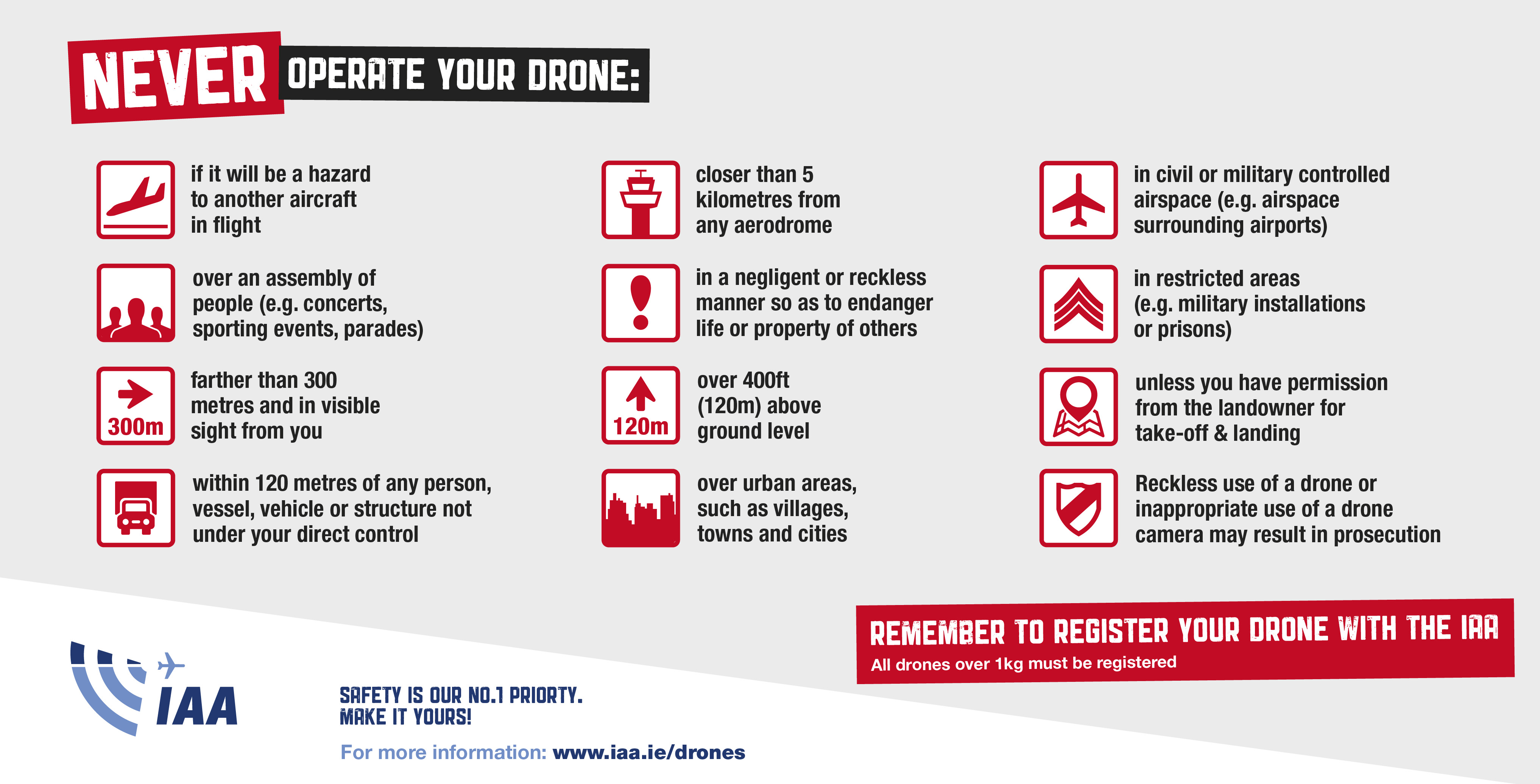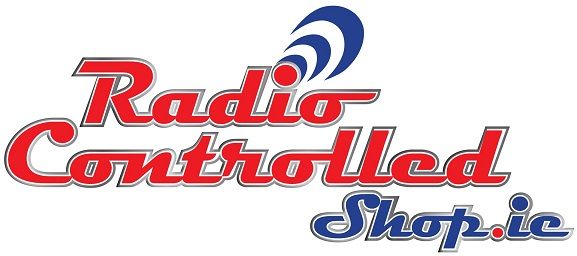No products
Prices are tax included
Product successfully added to your shopping cart
There are 0 items in your cart. There is 1 item in your cart.
Categories
- CLEARANCE
- SPECIAL OFFERS
- CARS
- BOATS
- DRONES
- GLIDERS
- HELICOPTERS
- PLANES
- TANKS & CONSTRUCTION
- Aerial Photography
- Accessories - Cars
- Accessories - Helicopters
- Accessories - Planes
- Apparel
- Batteries
- Bearings & Screws
- Blades
- Building Materials
- Cameras
- Canopies
- Carry Cases
- Chargers, Leads & PSU's
- Decals & Stickers
- Electronic Devices
- Electric Motors
- Engines & Mufflers
- Flight Simulators & Cables
- Flight Stabilization Systems
- Flybarless Systems
- FPV Racing
- Gift Vouchers
- Nitro Supplies
- PARTS & UPGRADES
- Props-Adapters-Spinners
- Radio & Receivers
- Servos
- Speed Controllers
- Tools
- USED PRODUCTS
- Voltage Regulators & BECs
- Switches & Cables
Please take the time to understand the law when purchasing with the intent to operate any RC model especially those that have an advanced autopilot system and that carries a camera. This is the customer’s responsibility to fully understand the law and how to operate these models in a safe manner.
For the latest most up to date information please visit the IAA's website here
If you wish to apply for commercial permission, there are 2 permissions required to operate: - an Aerial Work Permission and a separate permission to operate a UAV/RPAS. To obtain these permissions you are required to do the following:-
1. Submit an Aerial Works Operations Manual;
2. Submit a Manufacturer’s Operations Manual;
3. Submit Certification of having completed a manufacturer’s course or a generic RPAS course;
4. Submit 3rd Party Liability insurance certificate;
5. Complete a demonstration flight for the Authority;
6. Pay the appropriate fee €1096.
If you intend to operate privately i.e. not for reward or consideration, you will require a permission to operate a UAV/RPAS. To obtain this permission you are required to do the following:-
1. Submit Certification of having completed a manufacturer’s course or a generic RPAS course;
2. Complete a demonstration flight for the Authority;
3. Pay the appropriate fee €148.
LEGISLATION:
The over-riding legislation in Ireland is contained in the Aeronautical Notice O.63 and the Operations Advisory Memorandum No. 02/2012 issued by the IAA (Irish Aviation Authority) and reference should be made to this document in all scenarios.
In order to apply for a RPAS license, all operators must successfully complete a Theoretical Ground School course of training by an approved school. The course content is as required by the Irish Aviation Authority (IAA), OAM 02/2012. The subjects that must be covered are:
- IAA regulation and requirements.
- Irish Air Law & Airspace.
- Principles of Flight.
- Aircraft Technical.
- Meteorology.
- Navigation.
- Emergency Procedures
The restrictions outlined in OAM 02/2012 are carefully designed to fulfill the objective stated in paragraph 4.3 of the document, which states: “the basic operating principles associated with RPAS activities within Irish airspace shall be based on the segregation of RPAS from other airspace users to provide a safe operating environment”.
RULES AND REGULATIONS:
Content of OAM 02/2012 which should be committed to memory includes the following:
The following specific conditions will be applied to RPAS operations for systems with a mass of less than 20kg as part of the IAA permissions and exemptions process:
(a) the aircraft shall not be operated beyond Visual Line of Sight (VLOS) and not further than 500 metres from the point of operation;
(b) the aircraft shall not be operated at a height of more than 120 metres (400 feet) above ground level;
(c) the aircraft shall not be operated over or within the confines of a congested area except with the written permission of the Authority;
(d) the aircraft shall not be operated within controlled airspace except with the written permission of the Controlling Authority;
(e) the aircraft shall not be operated within an aerodrome traffic zone or closer than 8 kilometres (5 nautical miles) from an aerodrome boundary, whichever is the greatest distance, except with the written permission of the Controlling Authority;
(f) the aircraft shall not be operated over any assembly of persons on the ground nor closer than 150 metres laterally from such an assembly;
(g) the aircraft shall not be operated within 150 metres of any person, vessel, vehicle or structure not under the control of the aircraft operator; during take-off or landing however, the aircraft must not be flown within 50 metres of any person, unless that person is under the control of the aircraft operator.
(h) the aircraft shall not be operated closer than 2 kilometres from an aircraft in flight;
(i) the aircraft shall not be operated unless there is in place a third party liability insurance policy covering the operation of the system which is acceptable to the Authority.
In conjunction with these items which must be memorised it is important to highlight what this document outlines:
APPLICATION PROCESS:
To operate any unmanned aircraft, which is not a model aircraft in Irish airspace, we are obliged to:
1. Complete an official ground school course of training approved by the IAA.
2. Complete the application for flight permit and aerial works permission.
3. Complete an operations manual, which must be submitted and if an operator wishes to use the craft in connection with any commercial work.
4. Successfully compete the RPAS Flight Exam with an approved IAA examiner.
5. Be in possession of a third party liability insurance.
If an operator wishes to operate in controlled airspace, permission must be received from the IAA and the air traffic control service in that airspace. 14 days prior notice must be given for this application process.



